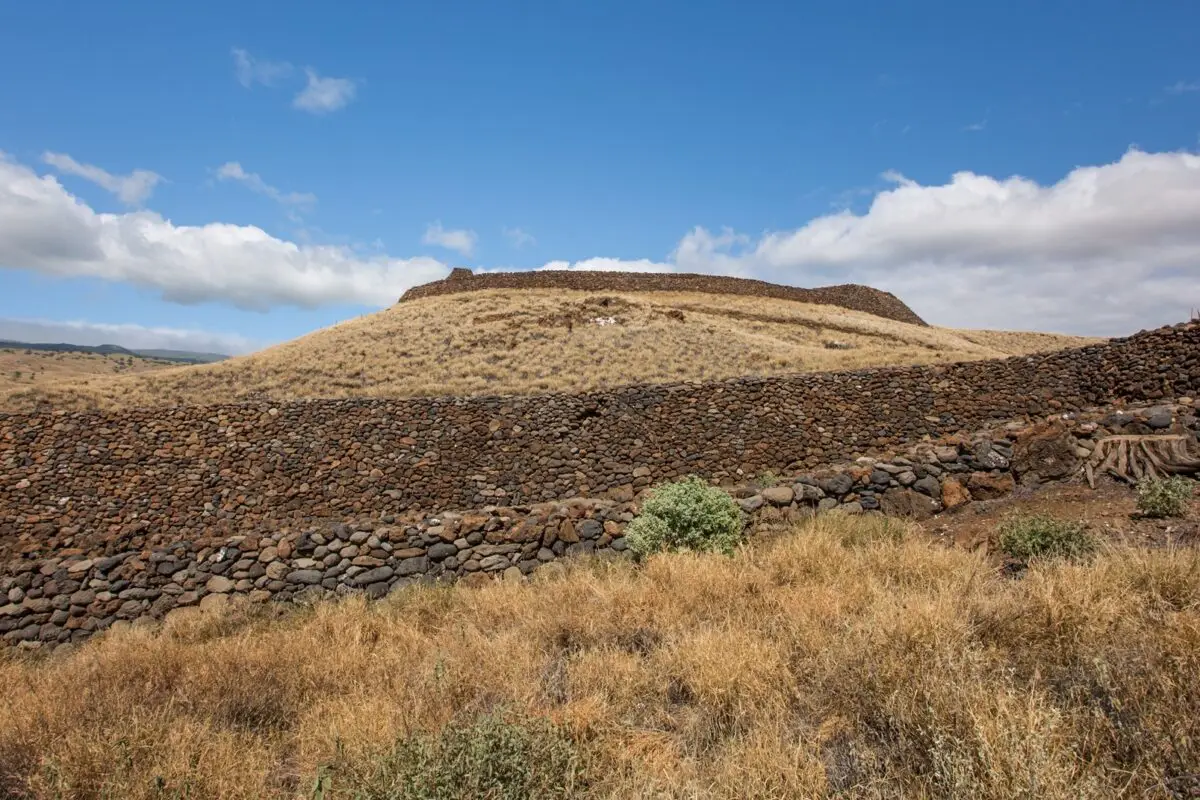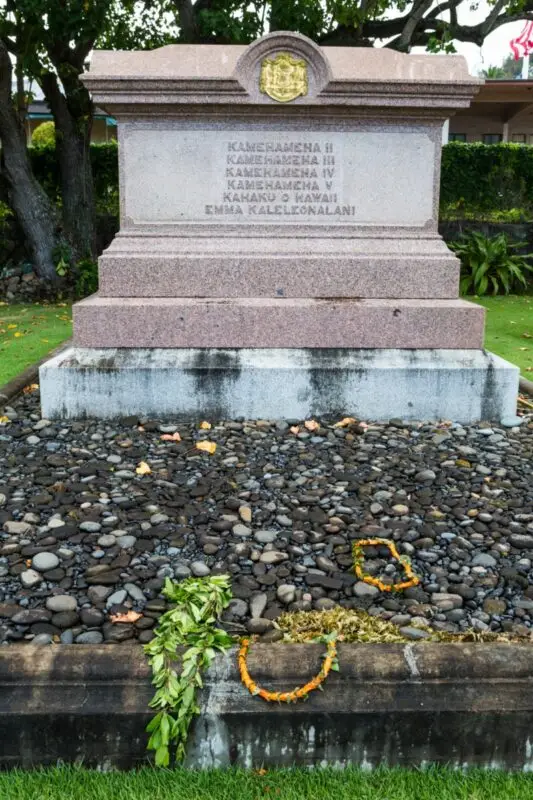There’s a holiday, there are road signs, statues and there’s even a golf club bearing the name Kamehameha. But who was this man? His given name Kalani Paiʻea Wohi o Kaleikini Kealiʻikui Kamehameha o ʻIolani i Kaiwikapu kauʻi Ka Liholiho Kūnuiākea, however, he more commonly known as Kamehameha the Great and is famous for unifying the many islands into one royal kingdom in 1810. Hailing from the Ainakea, Kohala district on Hawaiʻi island, he named the kingdom for his birthplace, Hawaiʻi. Hence we have an island and a state with the same name.
Kamehameha seemed destined for greatness from birth — Hawaiʻian legend prophesied that a light in the sky with feathers like a bird would signal the birth of a great chief. Some historians believe Kamehameha was born in 1758, the year Halley’s comet passed over Hawaiʻi. There is some dispute over his precise date of birth, however, with other historians claiming dates were between 1736 all the way 1761. Most believe it was on the earlier part of that estimate, somewhere between 1736 and 1740. Likewise, it is uncertain whether he was his father Keōua’s birth son, or whether he was adopted. Through his mother, Kekuʻiapoiwa II, Kamehameha was a descendant of Keawe, a Hawaiʻian high chief.
Born with the name Paiea, he spent his early years hidden from warring clans in secluded Waipio Valley. After the death threat passed he came out of hiding and was renamed Kamehameha, “The Lonely One”. Kamehameha held a prominent religious position growing up in the Hawaiʻian court under his cousin and was trained as a warrior. His legendary strength was proven when he overturned the Naha Stone, which reportedly weighed between two and a half and three and a half tons. Guests can still see the Naha Stone today in Hilo.

During this time, warfare between chiefs throughout the islands was rampant. In 1778, Captain James Cook arrived in Hawaiʻi, which served Kamehameha’s ambitions perfectly. Thanks in part to western weapons and advisors, Kamehameha won vicious battles at lao Valley in Maui and the Nuuanu Pali on Oʻahu. The fortress-like Pu’ukohola Heiau on the island of Hawaiʻi was built in 1790 prophesying Kamehameha’s conquest of the islands. In 1810, when King Kaumualii of Kauaʻi agreed to become a tributary kingdom under Kamehameha, that prophecy was finally fulfilled.
Kamehameha had many wives. The exact number is debated because documents that recorded the names of his wives were destroyed. Some believe he had 21, while others presume he had 30. With all these wives came a considerable amount of children, with accounts of up to 35: 17 sons, and 18 daughters. While he had many wives and children, his children through his highest-ranking wife, Keōpūolani, succeeded him to the throne.
His unification of Hawaiʻi was important not only because it was such an incredible feat, but also because under separate rule, the Islands may have been torn apart by competing western interests. Today, four commissioned statues — in Hilo, in Kohala, in Washington D.C., and in downtown Honolulu — stand to honor King Kamehameha’s memory. Fun fact about the Honolulu statue: dedicated in 1883, this was actually the second statue created after the ship delivering the original statue from Europe was lost at sea. This original statue was eventually found and is now in the town of Hawi, near his birthplace.
Every June 11th, on Kamehameha Day, each of these statues are ceremoniously draped with flower lei to celebrate Hawaiʻi’s greatest king.



